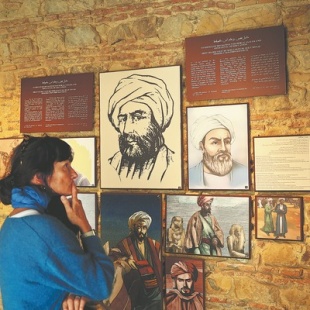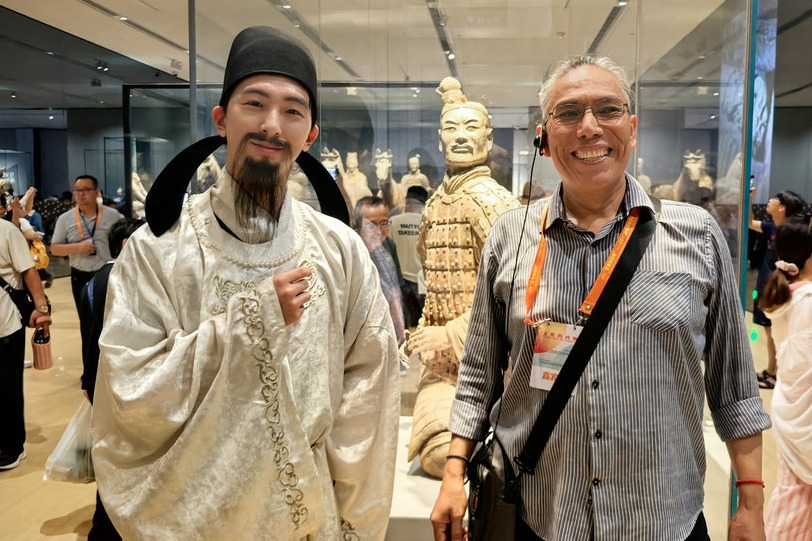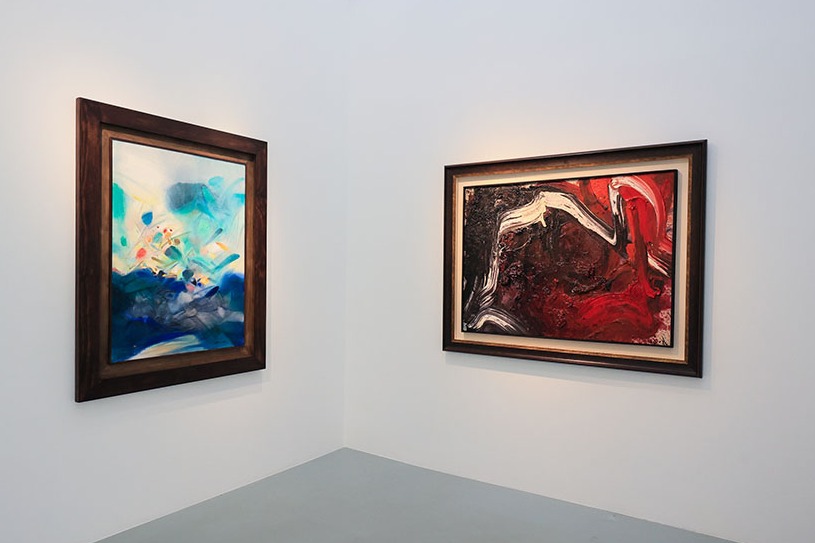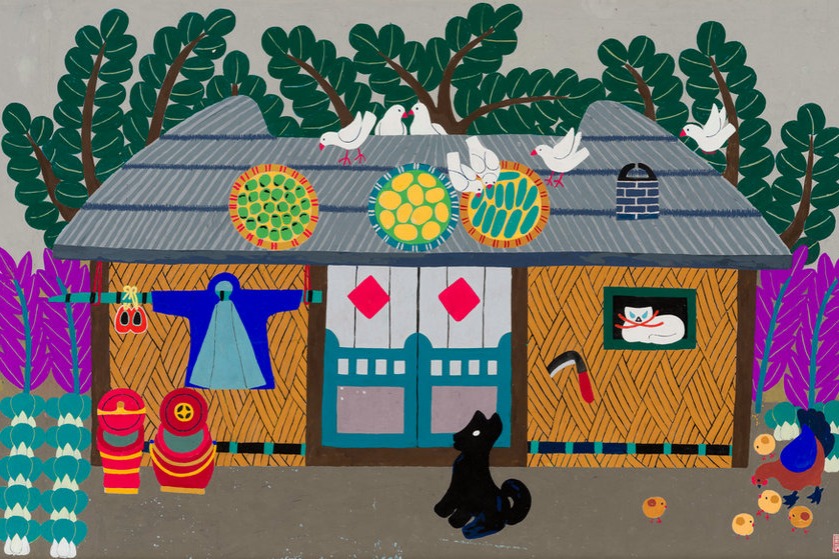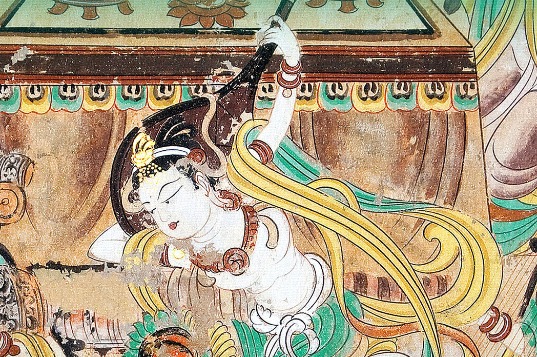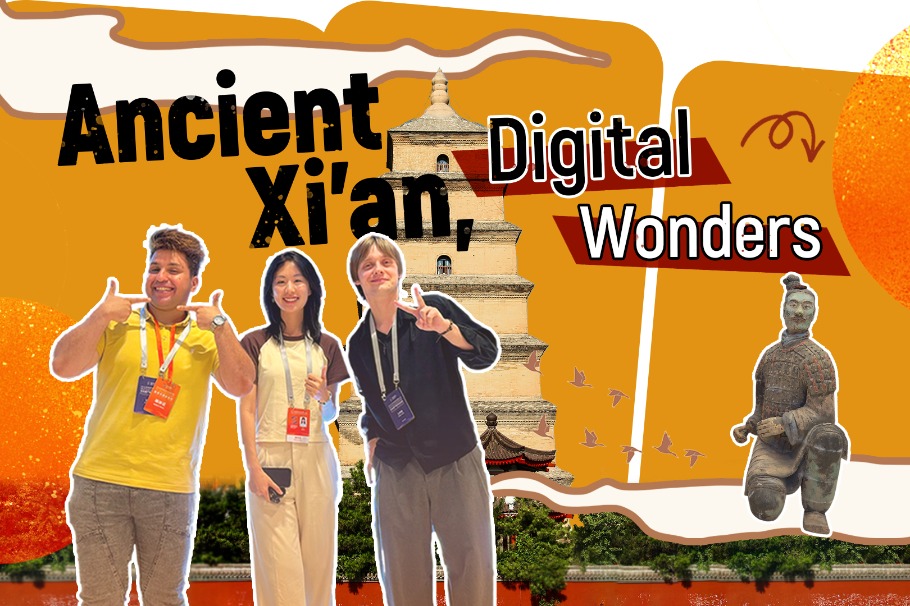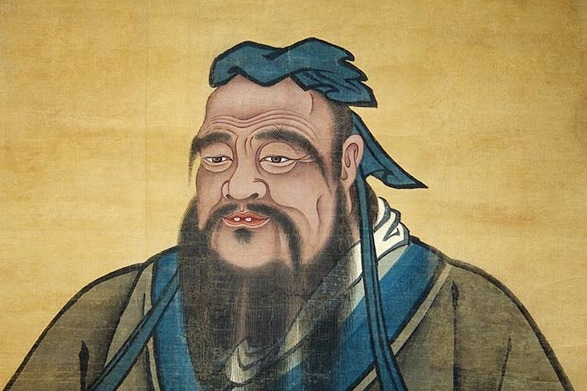Pursuing an explorer's spirit

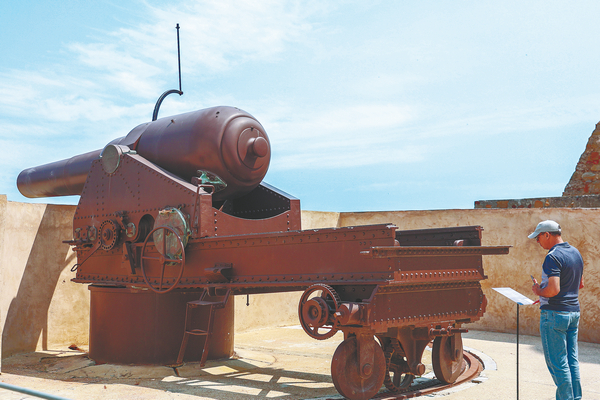
For Liu, Rihla is more than just a historical narrative — it's a literary and cultural landmark that serves as a crucial source for understanding the interactions between Islamic and Chinese civilizations in the 13th and 14th centuries.
He says that the presence of the term Zayton — the very name used by Battuta to describe Quanzhou — thriving Muslim communities and interfaith coexistence made Battuta's accounts vividly real.
Tracing the development of the Battuta scholarship in China, Liu identifies three major milestones. The journey began in 1981 with Peking University professor Zhong Jikun's pioneering introduction of Battuta.
This was followed by Peking University professor Ma Jinpeng's partial Arabic-to-Chinese translation The Travels of Ibn Battuta in 1985. A significant leap came in 2008 with renowned Arabic translator Li Guangbin's complete and annotated translation of Rihla, which incorporated textual analysis and scholarly commentary.
Liu observes that recent research has expanded far beyond linguistic study.
Today's scholars explore Battuta's writings through multiple lenses, including Yuan Dynasty (1271-1368) maritime trade networks, religious pluralism in port cities, and comparative studies with other travel writers like Marco Polo, he says.
These approaches reflect the increasing sophistication and inter-disciplinarity of Chinese Arabic studies, he adds.
"This shift toward values-based interaction parallels the academic shift in Ibn Battuta studies," Liu explains.
"We've moved from textual translation to asking what his narrative tells us about trust, diplomacy, and non-extractive relations."


